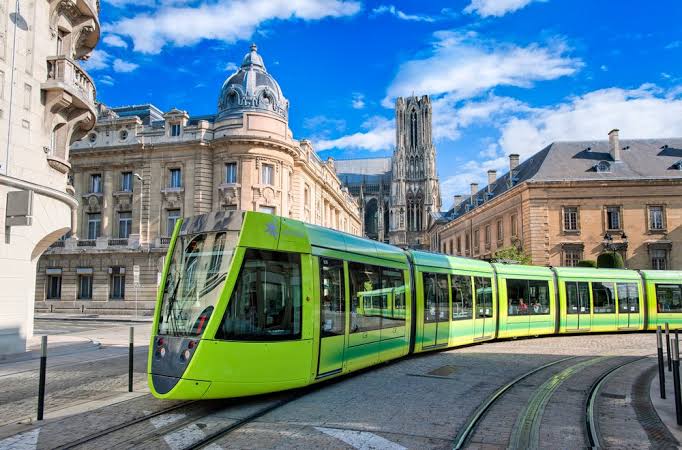
Public transportation systems are the most important part of getting around cities since they are efficient, environmentally friendly, and easy to use. In 2025, a few cities stand out for having the best public transportation systems. These systems use the latest technology, cover a lot of ground, and are easy to use. Here is a detailed look at the top 10 public transportation systems in the world, ranked by how reliable, innovative, and comfortable they are for passengers.
List Of Top 10 Best Public Transportation Systems In The World 2025
1. Seoul, South Korea
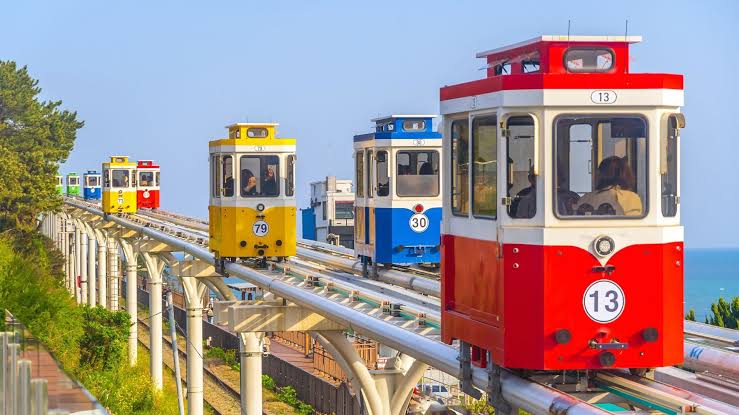
The public transportation system in Seoul is a world leader in innovation and efficiency. The Seoul Metro has more than 400 stations and 23 lines and serves millions of people every day. It works well with buses, taxis, and bike-sharing programs. Real-time apps send out updates in many languages, and smart fare systems like T-money make sure that the prices are fair. High-speed KTX trains connect the city to the rest of South Korea, and electric buses and other eco-friendly projects help make the city more sustainable. The system is a commuter’s dream because it is always on time and clean.
2. Santiago, Chile
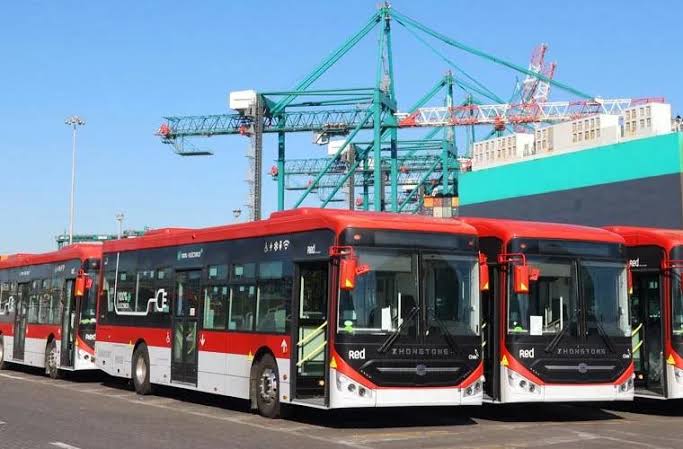
Santiago’s Metro de Santiago is one of the best in Latin America since it has contemporary infrastructure and is reliable. It has seven lines and 136 stations, and it carries more than 2.5 million people every day. The Bip! card connects with Transantiago buses, making it possible to pay for all of your rides in one place. Stations with solar-powered equipment and art pieces make the experience better for passengers. Santiago is now a leader in public transit thanks to recent investments and expansions in green technology.
3. Tokyo, Japan
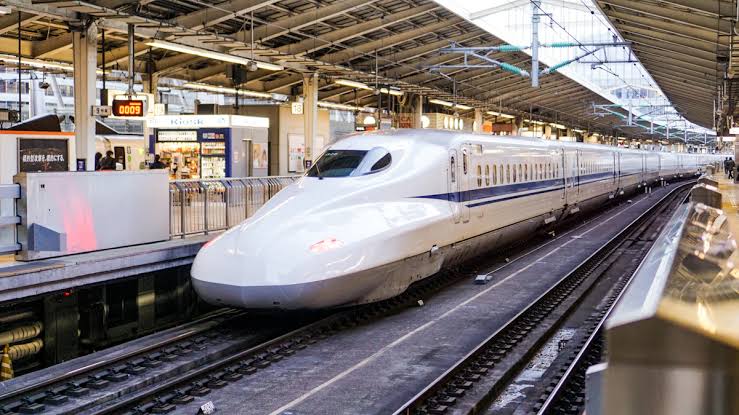
Tokyo’s public transportation is known for being accurate and big. The Tokyo Metro and JR East networks, along with private railways, make up one of the largest systems in the world. Every few minutes, trains come in, and the Suica and Pasmo cards make it easy to pay for things on trains, buses, and even in stores. Even though the city has a lot of people, the system stays organized. Features like cars for women only and signs in many languages make it easier to use. The Shinkansen bullet trains in Tokyo connect the metropolis to other parts of Japan.
4. Madrid, Spain
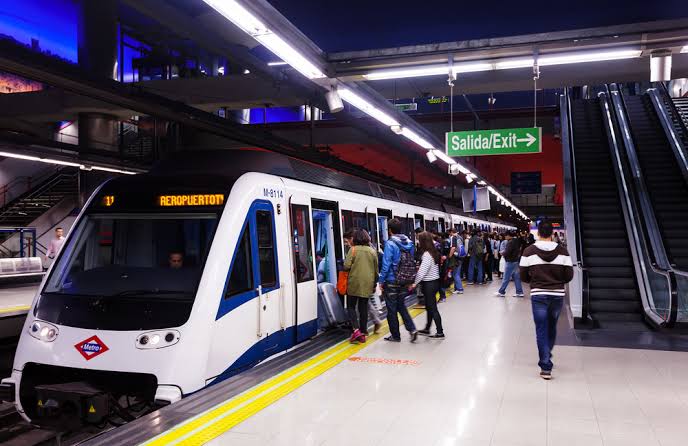
The Metro in Madrid is one of the biggest in Europe, with 12 lines and more than 300 stations. It connects the city core to the suburbs quickly and easily, and it has a lot of coverage. Residents and tourists alike like that the system is cheap, with monthly passes that don’t cost much. The buses and the Cercanías commuter rail work together perfectly, and digital ticketing and station renovations keep the system up to date. Madrid sets a high standard by making sure that most of its stations have elevators.
5. Shanghai, China
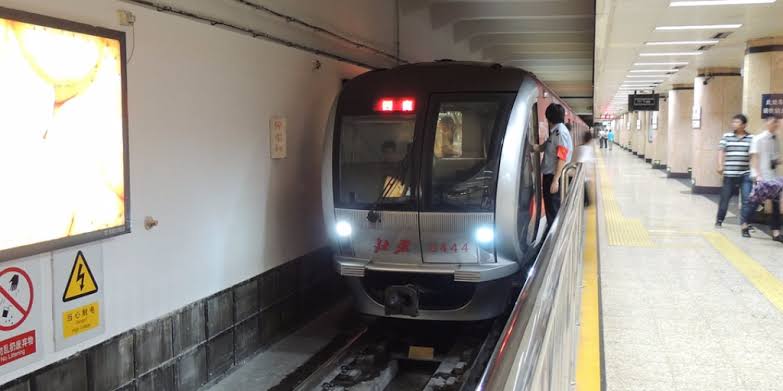
Shanghai’s subway system is the longest in the world, with more than 800 kilometers of track and 508 stops. It is amazing because it is growing so quickly and has such cutting-edge technology, such maglev trains that can go 431 km/h. The system is cheap, with fares starting at a few cents, and it works with buses and ferries. Smart ticketing with smartphone apps and facial recognition technology makes things easier, but crowds during peak hours are still a problem.
6. Paris, France

The Métro in Paris has famous Art Nouveau entrances that mix history with usefulness. It has 16 lines and 303 stops and serves more than 4 million people per day. The RATP network covers everything with its metro, buses, trams, and RER trains. Navigo cards make fares easier to understand, and recent improvements have focused on making the system more environmentally friendly, including electric vehicles and rebuilt stations. People love the system because of its cultural appeal and its links to famous places like the Eiffel Tower.
7. Taipei, Taiwan
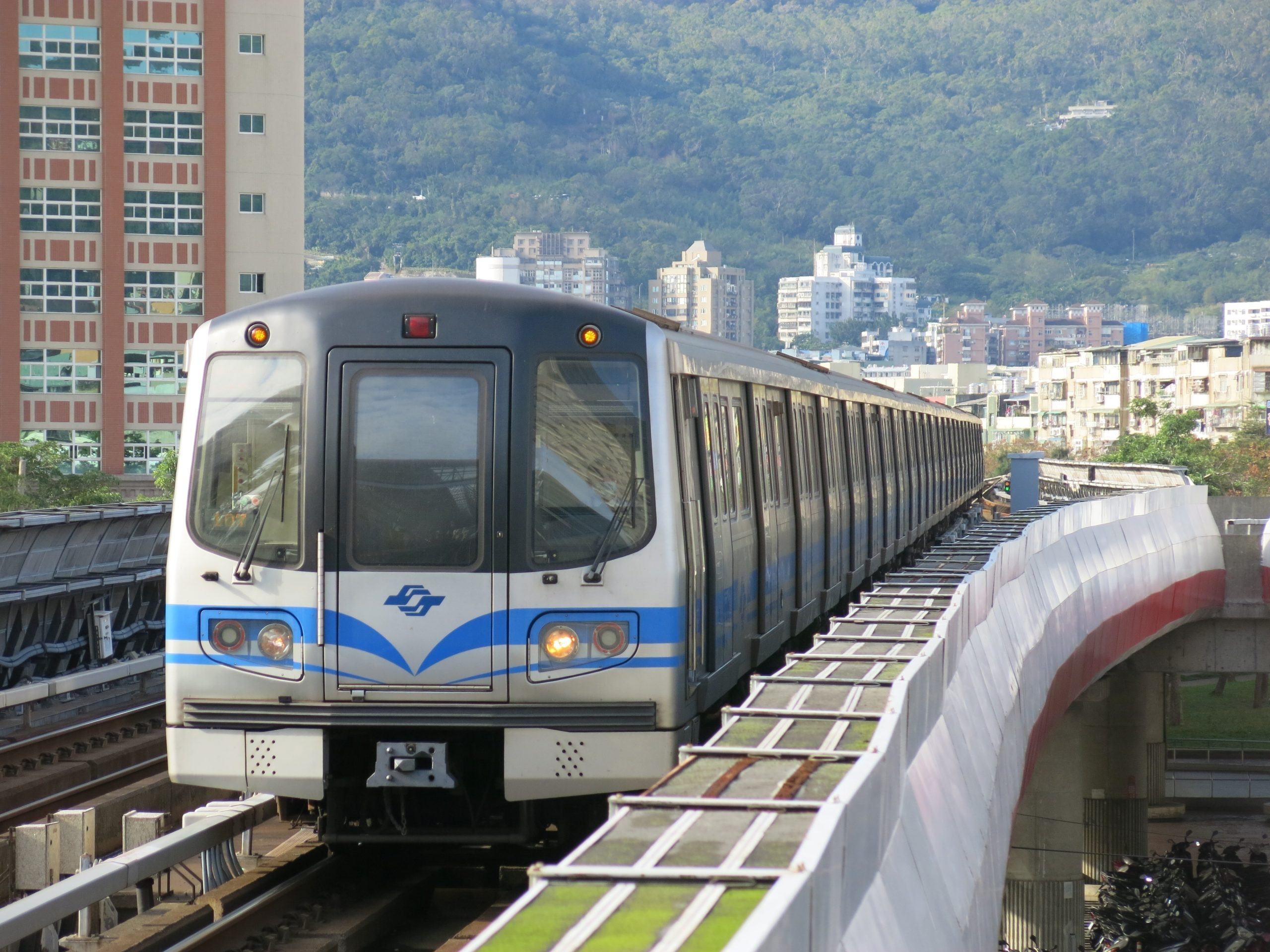
People know that Taipei’s MRT (Mass Rapid Transit) is clean, safe, and works well. It has six lines and 131 stops, thus it works well for the city and the areas around it. The EasyCard makes it easy to switch between the MRT, buses, and bike-sharing. There is art, free Wi-Fi, and signs in many languages at the stations. Taipei is a good example for mid-sized cities since it puts passenger comfort first with things like quiet zones and eco-friendly trains.
8. Berlin, Germany
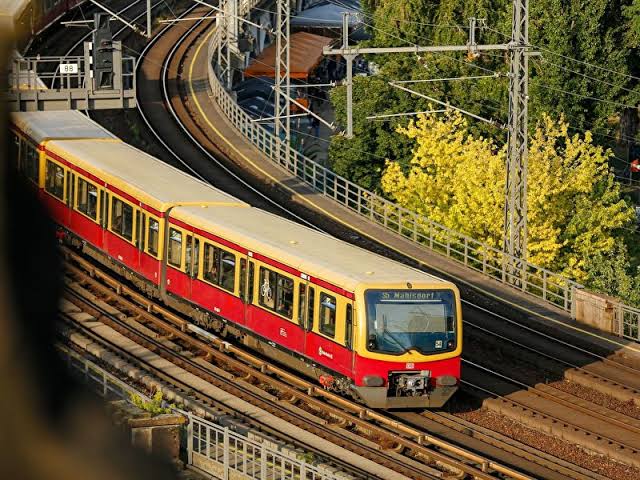
BVG runs Berlin’s public transportation system, which is both efficient and flexible. The U-Bahn (subway), S-Bahn (commuter train), trams, and buses all go to every part of the city. The system is known for being on time and cheap, with digital ticketing and zone-based rates. Berlin’s night services and accessibility features, such as barrier-free stations, meet a wide range of needs. The city’s growing fleet of electric buses shows how serious it is about being environmentally friendly.
9. Dubai, United Arab Emirates
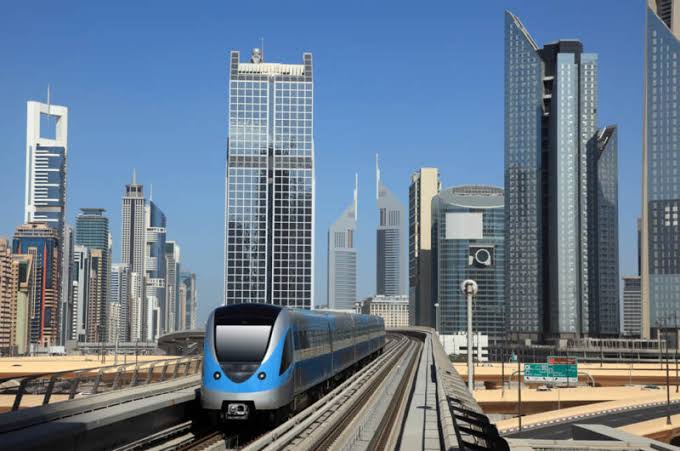
Dubai’s metro is a sign of the times because it has driverless trains and fancy stations. It connects important places like Dubai Marina and Burj Khalifa with two lines and 53 stations. The NOL card lets you utilize the metro, buses, trams, and water taxis all in one place. Air-conditioned stations and high-end cabins are available for the city’s wealthy residents. Ongoing developments are also meant to make the city less reliant on cars as it grows quickly.
10. Mexico City, Mexico
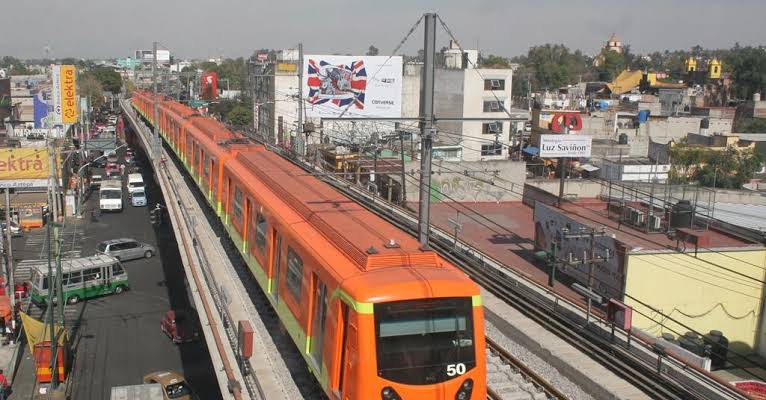
The Sistema de Transporte Colectivo (STC) Metro in Mexico City is one of the busiest in the world, with 12 lines that carry more than 4 million people every day. Its low prices make it easy to get to, and its connection to Metrobús and eco-friendly trolleybuses makes it even better. The colorful station art throughout the system shows Mexico’s culture, although problems like overcrowding still exist. Recent investments in safety and modernization show that the future looks bright.






8xfltt
В современном производстве пищевой и косметической продукции варочный котел занимает центральное место: будь то варочный котел для к котел для варки сиропа, котел для варенья или варочный котел для косметики, выбор оборудования определяет качество конечного продукта и эффективность процесса.
https://kotlovar.ru
варочный котел для косметики
Универсальные модели обеспечивают равномерный нагрев, точный контроль температуры и удобство обслуживания — это особенно важно при приготовлении сиропов и джемов, где критична вязкость и карамелизация, а также в косметике, где чувствительны к перегреву эмульсии и активные ингредиенты. Ключевые параметры при выборе — объём рабочей ёмкости, материал внутренней поверхности (нержавеющая сталь AISI 304 или 316 для антикоррозийной стойкости), тип нагрева (электрический, паровой или газовый), наличие мешалки с регулируемой скоростью и возможности вакуумной варки для удаления воздуха и сохранения аромата.
[url=https://kotlovar.ru]варочный котел купить[/url]
Если вы планируете варочный котел купить для пищевого производства, обратите внимание на соответствие санитарным нормам и сертификаты, возможность CIP-очистки (очистка на месте) и простоту демонтажа узлов. Для котла для варки сиропа важны термодатчики с высокой точностью и программируемые рецептуры, чтобы можно было повторять успешные партии без отклонений. При выборе котла для варенья предпочтительны модели с широким люком для удобного добавления ягод и частичной очистки от остатков продукта. Для косметического производства варочный котел для косметики должен иметь миксер с возможностью работы на низких оборотах, гомогенизатор и опцию вакуумирования — это позволит получить стабильные эмульсии, кремы и мази без пузырьков и окисления.
Практика показывает, что инвестируя в качественный котел, предприятия экономят на переработке и списаниях брака: точный контроль температуры и автоматизация процессов снижают энергозатраты и уменьшают потери сырья. Кроме того, модульная конструкция и возможность модернизации продляют срок службы оборудования. При покупке важно уточнять гарантийные условия, наличие сервисных центров и запасных частей. Малые производства могут начать с настольных или полупрофессиональных моделей, а при росте легко масштабировать производство, переходя на большие агрегаты с автоматикой и системой регистрирующих датчиков.
В итоге, независимо от области применения — варочный котел для к котел для варки сиропа, котел для варенья или варочный котел для косметики — правильный выбор оборудования обеспечивает стабильность рецептуры, безопасность и экономичность производства. Рекомендую протестировать модель на пробной партии и запросить у поставщика демонстрацию работы с вашим сырьём, чтобы убедиться в соответствии заявленным требованиям и получить лучший результат с первого дня эксплуатации.
Thanx for the effort, keep up the good work Great work, I am going to start a small Blog Engine course work using your site I hope you enjoy blogging with the popular BlogEngine.net.Thethoughts you express are really awesome. Hope you will right some more posts.
Our Riverside to LAX shuttle is a favorite for travelers needing punctual service. We offer everything from car service from Riverside to LAX to Riverside airport shuttle and LAX to Murrieta shuttle. Book your Riverside to LAX transportation now for a smooth and affordable airport ride.